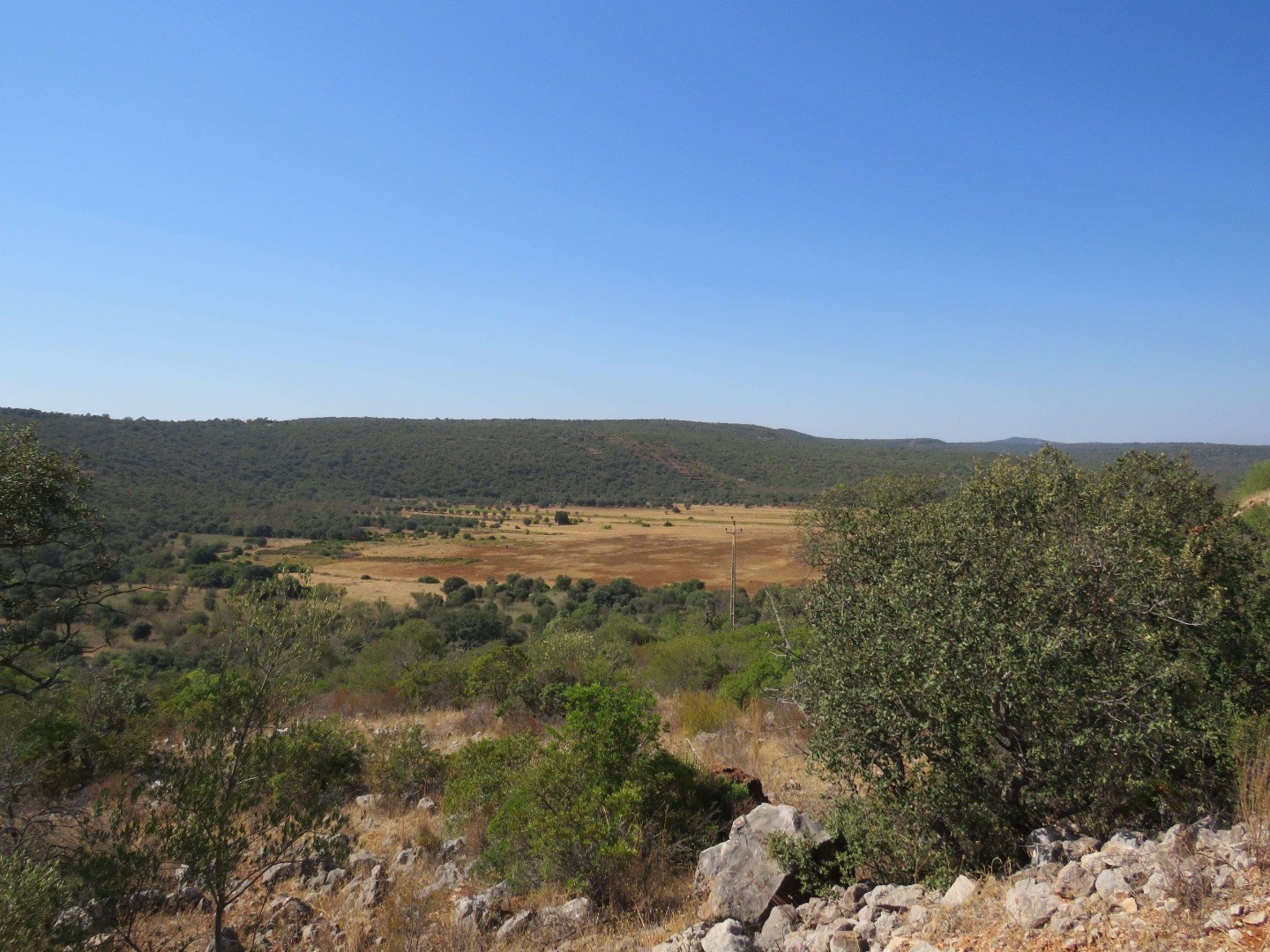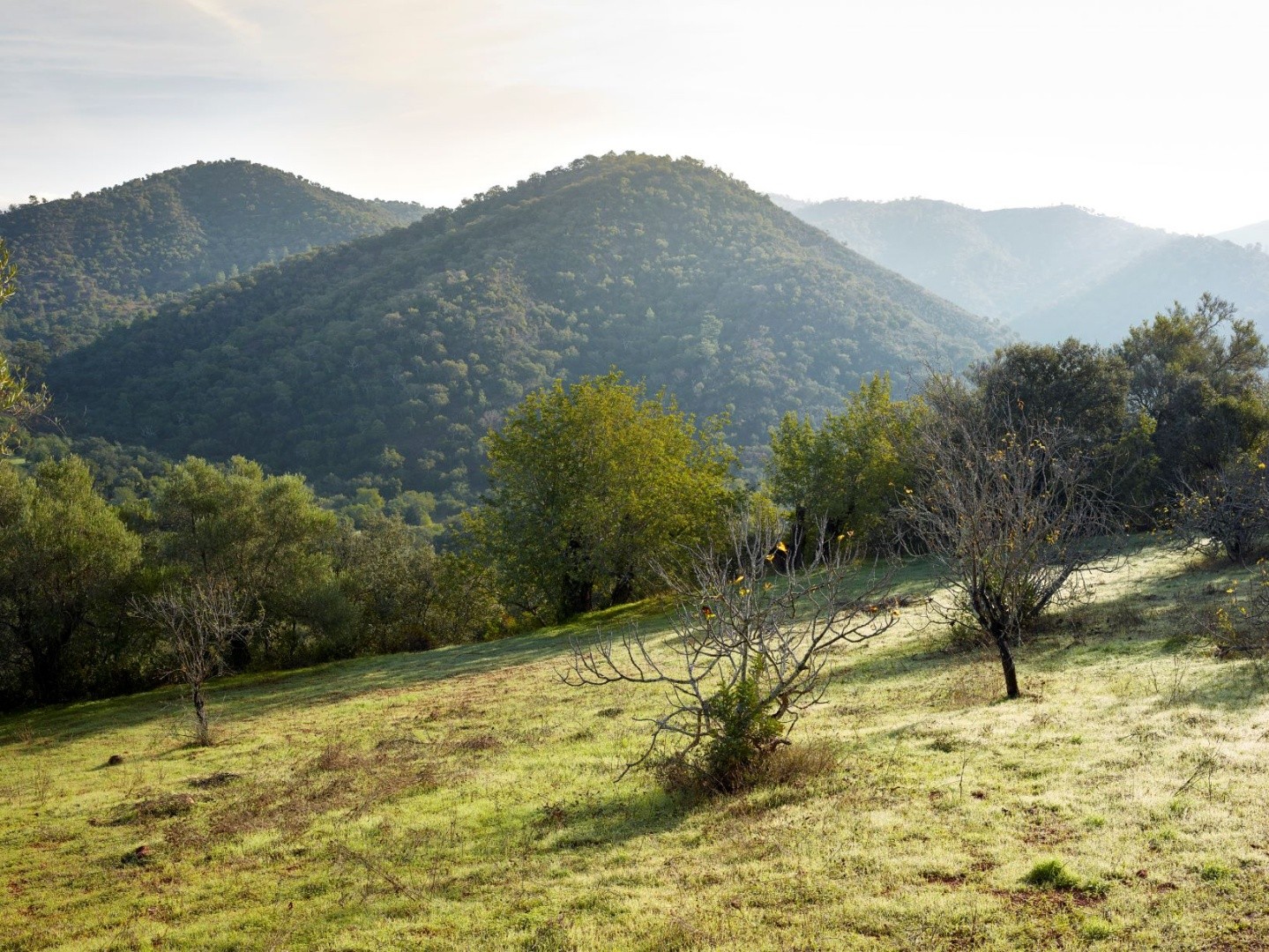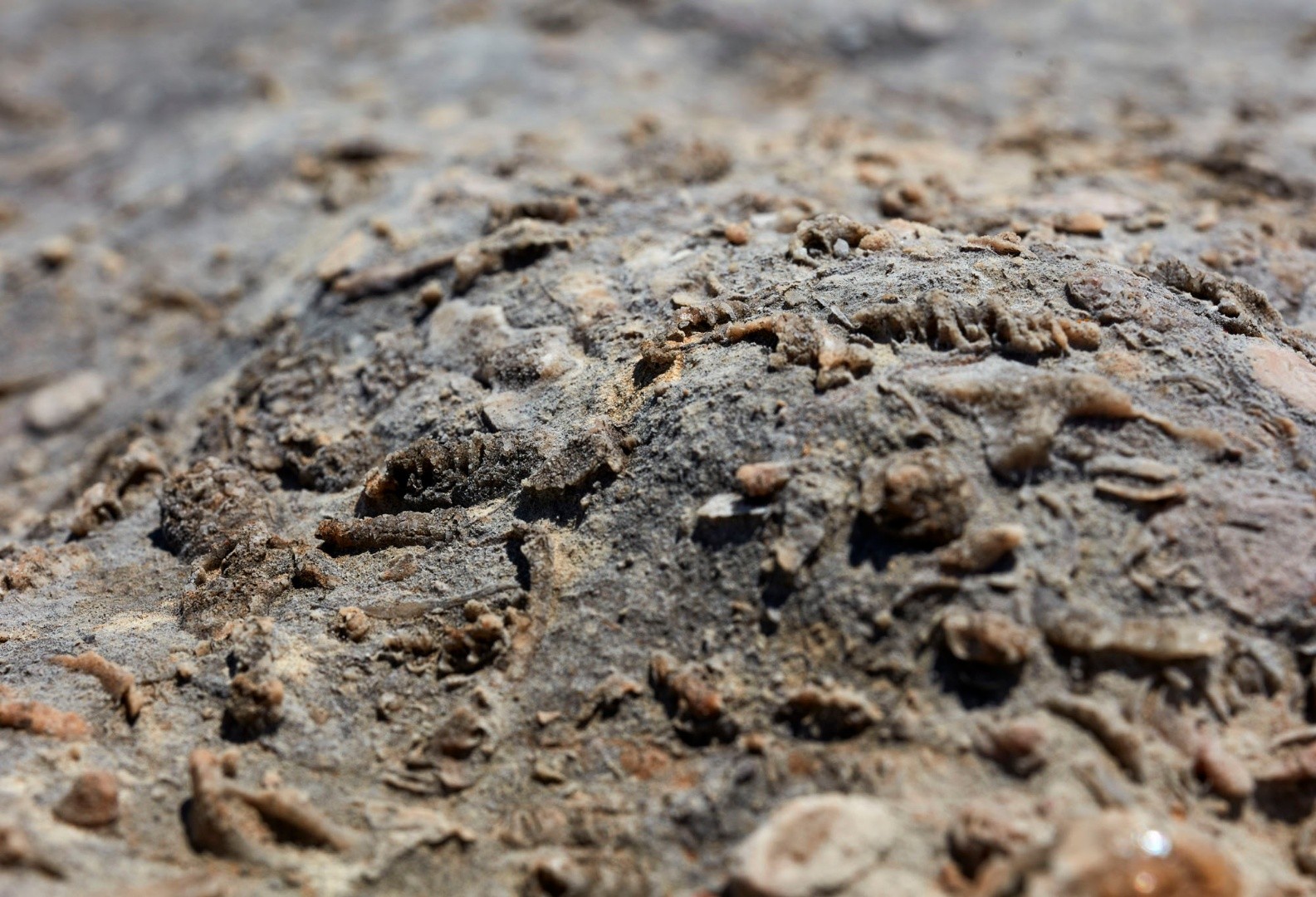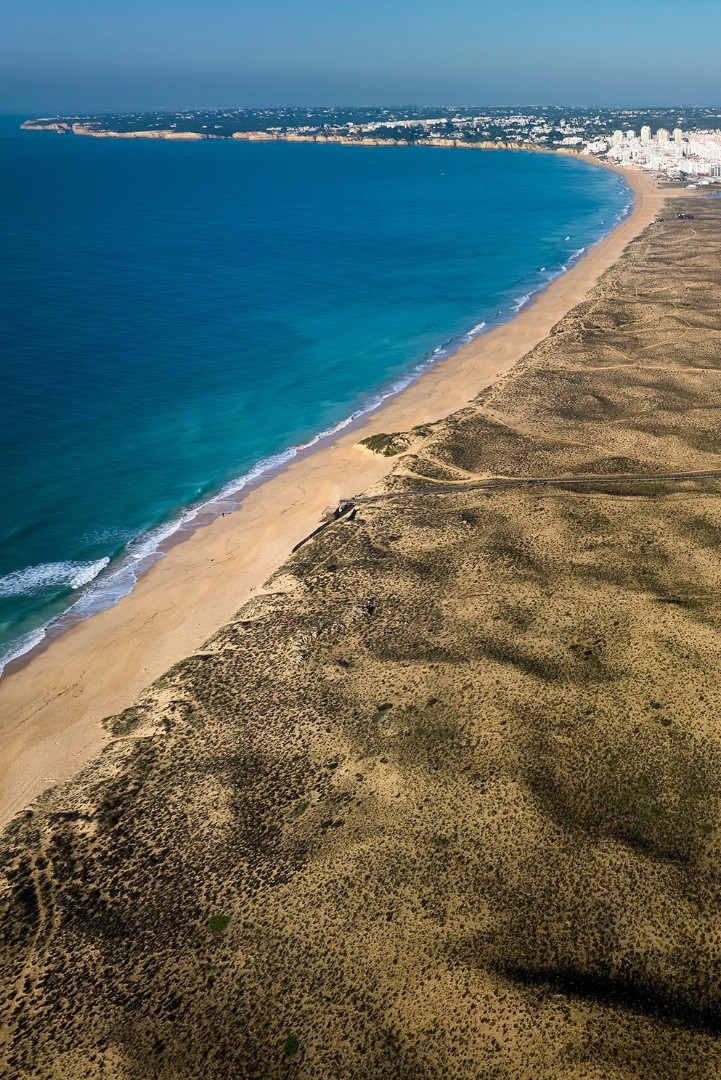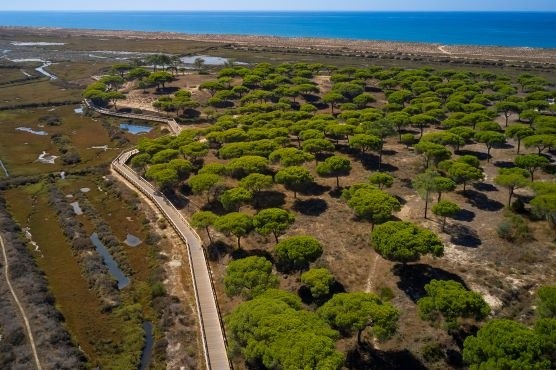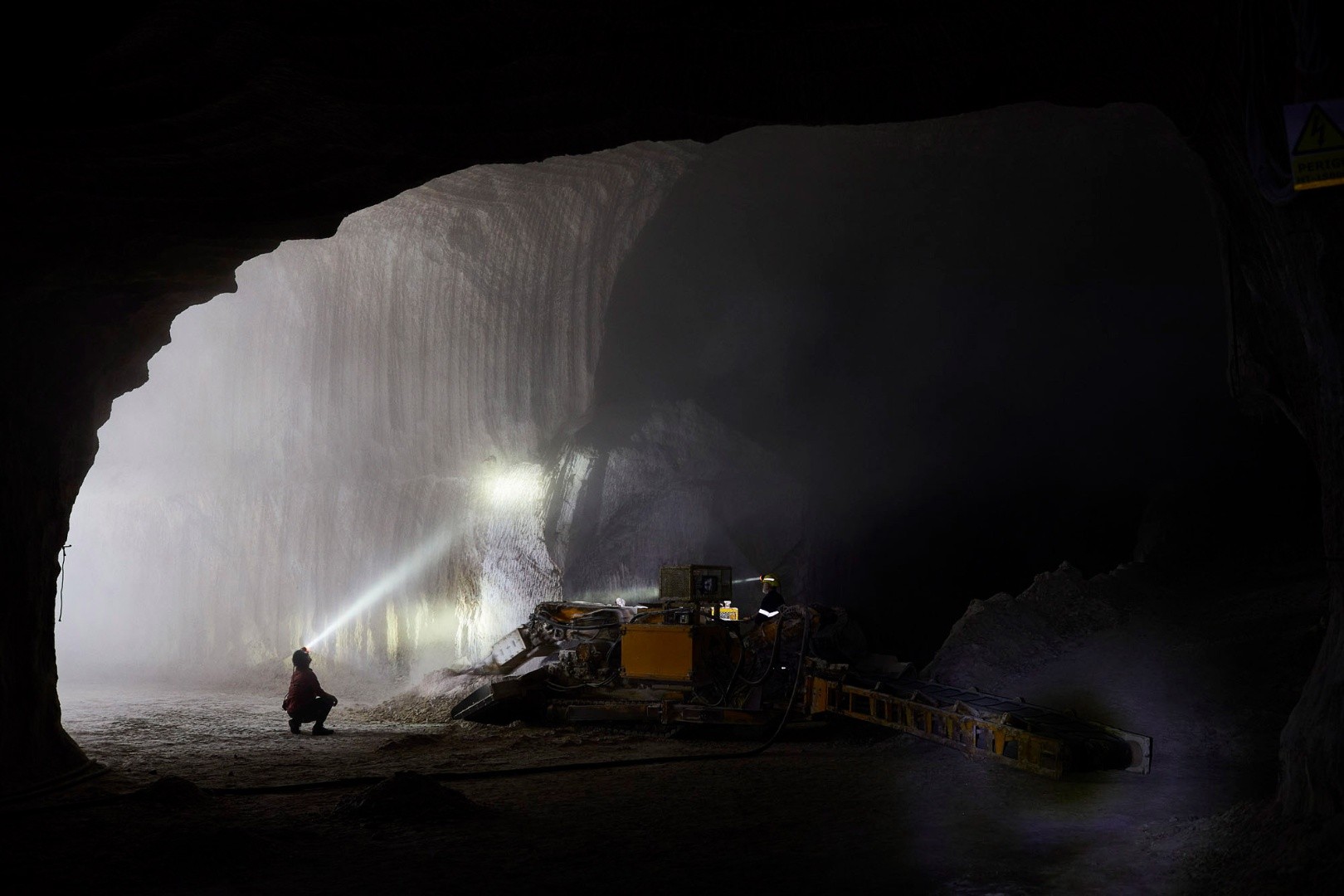VULCANOLOGY
The volcanic rocks found at this site belong to a significant global volcanic event known as the Central Atlantic Magmatic Province (CAMP). These rocks are approximately 201 million years old, dating back to the beginning of the Jurassic period.
The walls of this ancient quarry reveal a range of geological volcanic features, including volcanoclastic rocks, lava flows, and doleritic intrusions. The volcanoclastic sediments consist of mudstones, fine grey tuffs, and volcanic tuffs. The lava flows are represented by highly weathered basalts. These volcanic rocks originate from pyroclastic falls or phreatomagmatic flows of basaltic lavas that came into contact with lwater, probably in lakes. They display characteristics commonly found in peperites, such as elongated and globular basaltic fragments and glassy, yellowish margins. These features indicate that the lava cooled rapidly when it came into contact with sediment and/or water.
The multiple volcanic and volcanoclastic successions may represent an initial stage of CAMP volcanism, which is related to the initial fragmentation of Pangaea and along the extensive fractures generated by this process. CAMP was an episode of intense volcanism that, although brief, expelled enormous volumes of basaltic lava and pyroclasts and volcanic gases into the atmosphere.
The CAMP is part of the so-called Large Igneous Provinces, characterised by the accumulation of significant amounts of intrusive and extrusive igneous rocks during a brief geological period. The volcanism associated with the Large Igneous Provinces consists of several cycles, each with an average duration of 500,000 years to 1 million years. The magmatic activity of the Large Igneous Provinces is largely contemporary with the most significant environmental and biological crises that occurred on Earth, which led to the mass extinction of numerous groups of living organisms.
Scientists assert that the intense magmatic activity of the Large Igneous Provinces suddenly releases significant amounts of greenhouse gases (carbon dioxide, methane, sulphur dioxide, etc.) and toxic chemical elements, such as mercury, into the atmosphere and oceans. The rapid influx of these chemical elements can cause major disturbances in terrestrial surface environments, such as a sudden increase in global temperature, ocean acidification, acid rain, anoxic oceans (lacking oxygen), and fluctuations in sea level. These changes result in the degradation of environmental conditions and the destruction of a substantial portion of marine and terrestrial ecosystems, leading to the extinction of organisms that depend on and are adapted to these ecosystems.
The geological site of Torre, located along the road connecting Gregórios to Corte, is one of the best places to see these volcanic rocks and understand how they formed. However, there are other locations in the Algarvensis territory where this volcanosedimentary complex can also be observed, such as Rocha da Pena, Corsitos, Querença, and Almarjão.




